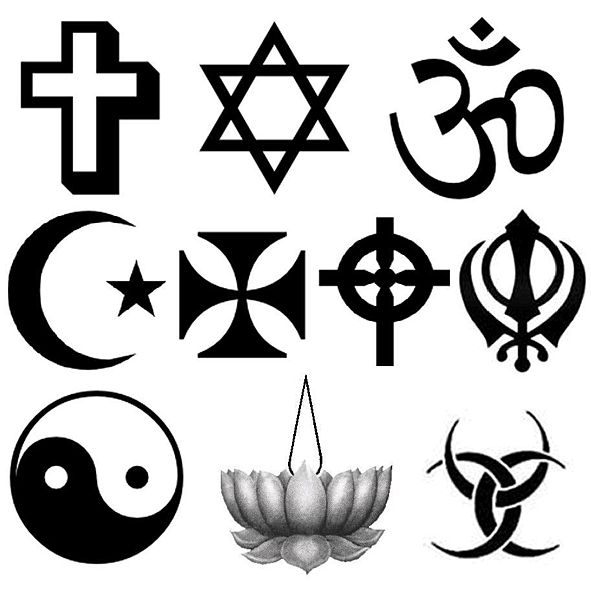
Thursday, October 27, 2011
Online-only Religion

Thursday, October 20, 2011
Cornerstone Church-Online Community
Friday, October 7, 2011
Digital Religion Symposium
Thursday Morning I had the pleasure of going to the Texas A&M Symposium on Digital Media and Religion. Three guest speakers were brought in to share there research with other scholars and students at the school and it was a very interesting and enjoyable experience. I got to listen to a talk presented by Christopher Helland, his research on ritual practice conducted in online worlds was very interesting and I learned many things that I did not know before. First he was kind enough to define what he considered a ritual to be. He talked about how various religions and groups will break off from conventional churches and hold ceremonies online, from the earliest web-based chartrooms to the highly advanced worlds of second-life. The most interesting part of the talk was when he discussed how sacredness of these sites must be negotiated on an individual by individual basis. People who do view these meetings as sacred take them seriously and use this online time as a time for spiritual growth, while people who do not consider these rituals to be sacred will treat them as a big joke and purposefully defile the proceedings by using coarse language and vulgar gestures. This was interesting to me because I did not think that some people would actually want to disrupt. It is an interesting factor to consider when thinking about if these rituals should be considered sacred or not.
Tuesday, October 4, 2011
Introduction
